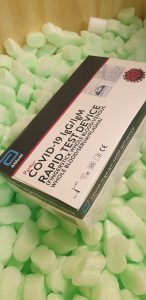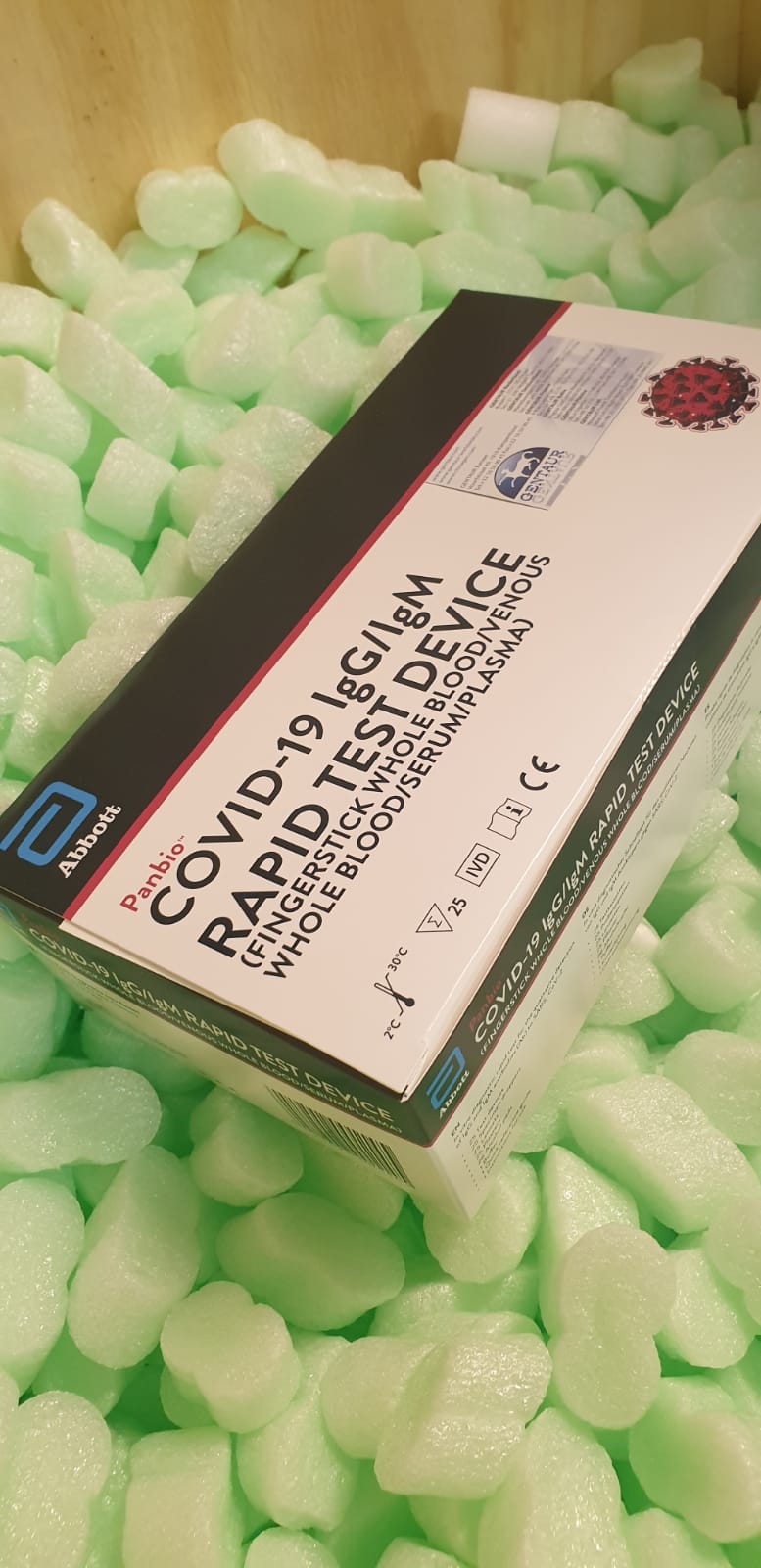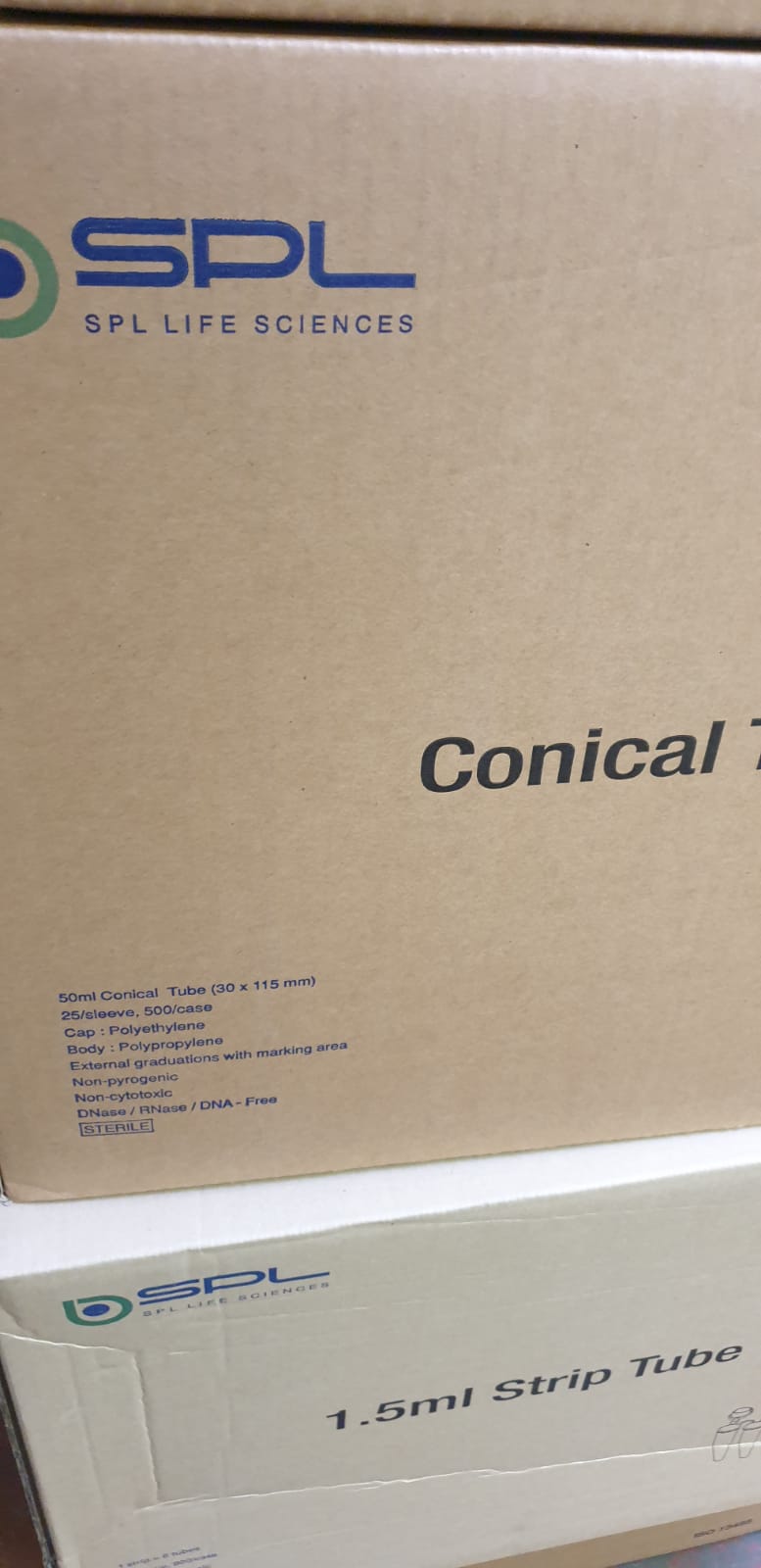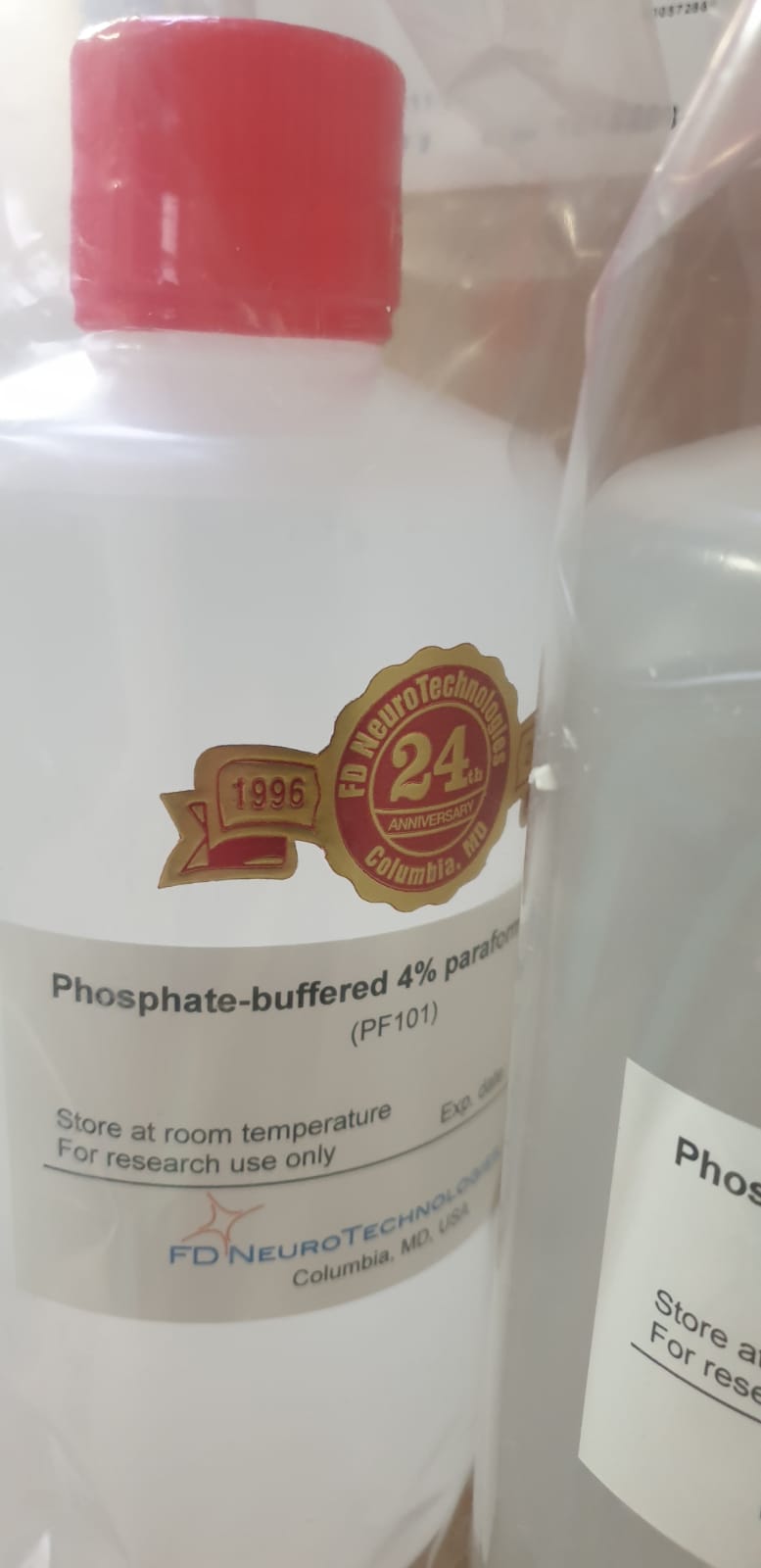The endocytosis of 125I-labeled asialofetuin by rat hepatocytes was studied utilizing Nycodenz/sucrose gradients. It was proven in pulse chase experiments that the ligand endocytosed initially (after half of to 1 min) was in small, slow-sedimenting vesicles of comparable sizes. The vesicles containing the ligand elevated in measurement, and after about 2.5 min 20-30% of the ligand was recovered in bigger, faster-sedimenting vesicles. After 15 min nearly all internalized ligand was recovered in the fast-sedimenting vesicles.
The preliminary, small endocytic vesicles and the later, bigger endocytic vesicles have comparable buoyant densities; the maturation of the endosomes can solely be revealed by fee sedimentation, not by isopycnic centrifugation. Dissociation of ligand from receptor was discovered to happen in the bigger, faster-sedimenting vesicles. The presence of ammonia inhibited the rise in measurement of the ligand-containing endosomes. The strategies employed right here supply the chance of acquiring endocytic vesicles at varied stage of their growth for additional research.
Isopycnic centrifugation of plant viruses in Nycodenz density gradients.
Isopycnic centrifugation of plant viruses in density gradients ready from a brand new non-ionic medium (Nycodenz) was investigated. Particle density of luteo-, tymo-, nepo-, cocksfoot gentle mosaic, tobamo-, hordei-like, potex- and potyviruses in buffered options of Nycodenz ranged between 1.23 and 1.28 g/ml and didn’t strictly mirror their nucleic acid and protein composition.
Isopycnic centrifugation of a number of partially purified viruses yielded preparations which have been pure by electron microscopy and, when used as immunogens in rabbit or hen, gave antisera with low titers of antibodies in opposition to host plant antigens, as required for enzyme immunoassays. A preparation of purified potato leafroll virus contained a single dominant protein similar to the viral coat protein.
It is concluded that isopycnic centrifugation in Nycodenz density gradients is especially helpful for the purification and evaluation of plant viruses that are unstable in cesium chloride options, such because the luteoviruses, and preferable to zonal centrifugation in sucrose density gradients for the purification of rod-shaped multipartite viruses or viruses which combination.
Equilibrium density gradient centrifugation of the scrapie agent in Nycodenz.
Plasma membrane-enriched preparations from scrapie-infected and wholesome hamster brains have been detergent-extracted, then separated by equilibrium density centrifugation in steady Nycodenz gradients. The highest degree of infectivity was all the time related to the insoluble residue which sedimented via 40% Nycodenz. The diploma of aggregation in these insoluble complexes diverse relying upon therapy.
Centrifugation in gradients containing 2 M- to eight M-urea resulted in the formation of massive insoluble aggregates which appeared to retain a excessive degree of infectivity when measured by the strategy of incubation interval assay. However, measurement of infectivity in these identical samples by endpoint titration of tenfold dilutions resulted in values a thousand occasions decrease. These observations reinforce earlier findings that scrapie infectivity exists as a macromolecular complicated and, moreover, they emphasize the need for utilizing non-denaturing situations for purification of the scrapie agent.

Centrifugation of regular and rheumatoid arthritis blood on Ficoll-Hypaque and Ficoll-Nycodenz options.
Attempts to make use of the fast single-step Ficoll-Hypaque centrifugation process for the purification of mononuclear and polymorphonuclear leucocytes from the blood of regular people and rheumatoid arthritis sufferers have generally been unsuccessful, largely as a result of the erythrocytes wouldn’t sediment via the centrifugation medium.
Re-evaluation of the elements (e.g. Ficoll focus, temperature, and ratio of the diatrizoate salts) which have an effect on these separations confirmed that below our situations it was advantageous to make use of a medium with a decrease viscosity (Ficoll focus) and/or a better osmotic power (elevated sodium diatrizoate: meglumine diatrizoate) than had been really helpful beforehand (Ferrante and Thong, 1978; 1980; Ferrante et al., 1982).
Higher osmotic power media should be used for separating the elements of blood from rheumatoid arthritis sufferers than from regular people as a result of rheumatoid arthritis erythrocytes have a decrease buoyant density than regular erythrocytes.
Isopycnic centrifugation of mammalian metaphase chromosomes in Nycodenz.
Separation of chromosomes on the idea of buoyant density has proved tough because of their excessive density and sensitivity to excessive ionic power. Nycodenz is a brand new non-ionic gradient medium which gives important benefits over beforehand described media for separation of chromosomes.
The objective of this research was to look at the banding traits of remoted mammalian metaphase chromosomes in Nycodenz gradients. The outcomes point out that chromosomes will be effectively concentrated and separated from nuclei utilizing Nycodenz gradients. Furthermore, chromosomes density-labeled with bromodeoxyuridine (BrdU) will be separated from unlabeled chromosomes in Nycodenz gradients. Nycodenz doesn’t seem to change chromosome morphology or protein complement. The introduction of Nycodenz represents a big new device to be used in chromosome separation and purification.
The impact of ligand binding upon the buoyant density of DNA in Nycodenz gradients has been studied utilizing DNAs of differing base compositions. The impact of each intercalating ligands (ethidium bromide and proflavin) and non-intercalating ligands (distamycin A, DAPI and netropsin) has been studied. The binding of intercalating ligands to DNA has primarily no impact on the buoyant density of DNA in Nycodenz gradients.
The non-intercalating ligands have been discovered to extend the buoyant density of DNA in a base particular method. The enhance in buoyant density will be interpreted in phrases of disruption of the hydration shell of the DNA molecule brought on by the binding of the ligand alongside the minor groove of the DNA helix.


